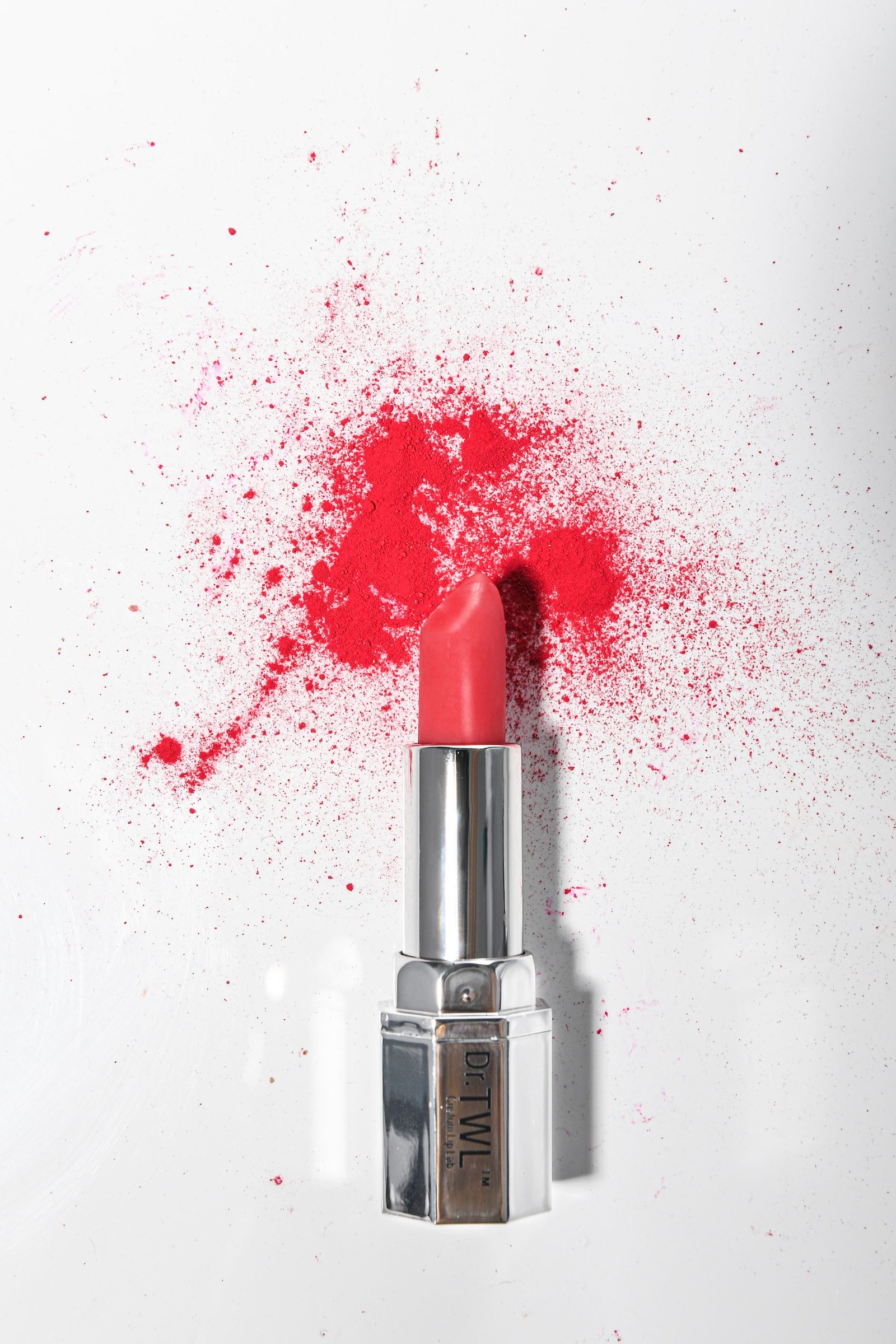How to Treat Maskne: Acne Skincare Routine
If you have developed breakouts from wearing a mask, you might be suffering from maskne – a common side effect from prolonged mask wear. In this article, we share an excerpt from Masking Up: A Dermatologist’s Guide to Maskne by Dr. Teo Wan Lin, Dermatologist at TWL Specialist Skin & Laser Centre, to answer common questions about the ideal acne skincare routine and how to treat maskne.
Should I look for natural or synthetic ingredients in my skincare? Does it make a difference to my skin?
The key answer to focus on is whether the ingredient itself is evidence-based. What we mean by evidence-based is if there is a body of scientific literature that has been published and peer-reviewed that points towards the active ingredients being of benefit when used on the skin in terms of skincare formulas. An example of where naturally derived ingredients are beneficial is in the form of potent plant-based antioxidants. Chemical ingredients, on the other hand, could be in the form of salicylic acid, benzoyl peroxide, retinol, and retinoids. These are synthetic structures that have also been proven in studies to have specific benefits for the skin.
However, in how to treat maskne, we recommend avoiding acne spot creams with synthetic active ingredients. For example, retinoids, benzoyl peroxide, sulfur, salicylic acid. As these will cause increased skin irritation (irritant contact dermatitis) when applied under the occlusion of a face mask. Individuals who apply retinoids for night acne treatment may find that wearing a mask in the day increases the risk of retinoid dermatitis. This is a form of eczema that leads to redness and flaking on the skin.
What specific ingredients should I use for acne skincare?
It is important to understand that the treatable aspects of acne are all related to underlying inflammation, excess oil production, seborrhea as well as bacterial infections. These factors are the same in how to treat maskne as well. However, one’s genetics that predispose acne cannot be treated with pharmacotherapy in the form of oral medications or topicals.
Specific ingredients that can address inflammation are antioxidants from plants. In particular, Centella Asiatica, also known as the Indian Pennywort (present in the Elixir-V Serum). It has been well-established in scientific literature to be a potent antioxidant. The ingredient reduces inflammation and promotes the good healing of scars. Ingredients derived from plant oils are rich in the polyphenols and in fatty acids like oleic acid.
These also help in inflammation as well as the healing of acne scars. In terms of treating seborrhea, some ingredients are particularly effective at reducing the activity of the oil glands. Ingredients such as salicylic acid and retinoids used under medical supervision can have good effects in terms of reducing the oiliness of the skin. However, we do not recommend these for use under a face mask as it can cause irritation.
Natural acne treatment – botanical ingredients
Benzoyl peroxide is also bleaches fabrics and may alter the structural integrity of the face mask. Rendering it less effective for control of droplet spread. Instead, I recommend anti-inflammatory acne spot creams. Acne formulations with botanical actives such as Chlorella Vulgaris work by regulating sebum production. Whilst natural moisturizing factors like amino acids fight inflammation and have additional moisturizing properties to protect the skin barrier.

The Blemish Spot Cream is formulated with an algae extract, Chlorella Vulgaris, that reduces the activity of oil glands and has anti-inflammatory properties. Natural Moisturising Factors (NMF) in the form of amino acids help to reduce scarring and promote wound healing of the pimple.
What is the importance of cleansers and face wash for maskne?
The function of cleansers is to remove dirt, oil, and grime that’s left on your skin at the end of the day. The importance of this is to maintain a healthy bacteria load on your skin. Skin is colonized with both good bacteria and a few pathogenic bacteria. Pathogenic bacteria cause true infection but because of healthy bacterial flora, one’s skin doesn’t get easily infected. However, in individuals who have skin conditions such as acne and eczema, there is an imbalance in this germ count.
Cleansing then becomes an important part of the skincare routine and an essential step in how to treat maskne. If the cleanser is too harsh on the skin, you’re going to aggravate these conditions because it dries the skin barrier out. On the other hand, it has to effectively remove all these particles which are breeding ground for bacteria. Hence, the ideal cleanser is one that can effectively remove the oil, dirt, and grime. At the same time, it will preserve a layer of moisture on the surface of your skin so that it is functioning as a humectant. A humectant minimizes water loss to the environment – a phenomenon known as transepidermal water loss.

The Le Lait Milk Cleanser provides gentle & effective cleansing for sensitive skin, post-laser treatment & mature skin types. It includes LARECEA™ Extract for regeneration, camphor for calming, purified sea water for stabilizing.
Choosing the right cleanser for how to treat maskne
If your cleanser is making you feel that your skin is squeaky clean and even a little bit tighter after rinsing it off. This is a sign that it is far too drying and it may not even address your concern of having greasy skin. Such a phenomenon will actually lead to a condition known as reactive seborrhea. This is whereby the excess dehydration of the skin causes your skin to produce even more oil — as a compensatory response. This is especially if you’re undergoing medical treatment for acne. It is all the more important that you use a gentle cleanser that effectively removes and reduces the bacterial load on your skin – without dehydrating your skin.
How do cleansers for acne work?
The science behind cleansers is really that of surfactants. In the traditional sulfate-based cleansing surfactant system, there is a high pH environment. Over time, this increases the abrasiveness and dehydration of the skin barrier. All of which can increase the skin’s susceptibility to infections and dryness. The alternatives can either be natural emulsifiers like honey or soy. These substitute sulfate-based cleansers with it’s natural emulsifying, lathering action. At the same time, performing a humectant role. This means that it also traps a layer of moisture under your skin thus preventing transepidermal water loss.

Medical grade honey is used in the Miel Honey Cleanser which has natural emulsifying, antibacterial, anti-fungal properties for gentle and effective cleansing in eczema-prone individuals. Natural honey is also a humectant, trapping a layer of moisture for protection after cleansing.
The concept of amino acid surfactants is also very critical in the idea of maintaining a healthy skin barrier with a gentle cleanser. Amino acid surfactants are also gentle sulfate alternatives. They are unique in that they maintain a low PH environment. This is as opposed to the use of traditional surfactants which are alkaline. Generally speaking, the use of a gentle cleanser based on amino acid means that the skin barrier is not disrupted. Hence, there is better protection for the skin barrier against the environment in terms of allergens. As well as against the pathogenic, disease-causing types of bacteria.
Do I need moisturiser if I have oily skin?
The reason is that even when your skin is greasy, it may lack the lipid barrier that protects your skin from the external environment. This is a common phenomenon in individuals who find that they have both oily and dehydrated skin. This usually is the case when they are suffering from acne. Treating it with topicals that contain astringent ingredients i.e salicylic acid, benzoyl peroxide, or prescription retinoids.
A serum, emulsion or lotion is a more cosmetically acceptable moisturiser formula for somebody with greasy skin. If you tend to have oily skin, avoid heavy cream formulas. Lotions or emulsions have a higher water content (which evaporates) rather than oil content. Which is the predominant vehicle in a cream or an ointment. The active ingredients that are beneficial for individuals with greasy skin, in particular, would be hyaluronic acid. There are different molecular weights of hyaluronic acid and it is best to choose a multi-molecular weighted serum. Because, studies show that it enhances dermal absorption as well as efficacy.

The RADIANCÉ FLUIDE™ HYDRATING EMULSION contains amino acids, oligopeptides and niacinamide for regeneration and skin brightening, specially formulated for a lightweight feel to impart a radiant glow.
Another molecule that functions similarly to hyaluronic acid is polyglutamic acid. Both of these active ingredients can help to retain moisture at the surface of the skin. One point to note is if you have oily skin and you decide to skip a moisturizer and use a harsh astringent cleanser, you may develop a paradoxical phenomenon called reactive seborrhea. That is when someone with pre-existing oily skin has overproduction of oil due to harsh cleansing.








Leave a Reply
Want to join the discussion?Feel free to contribute!